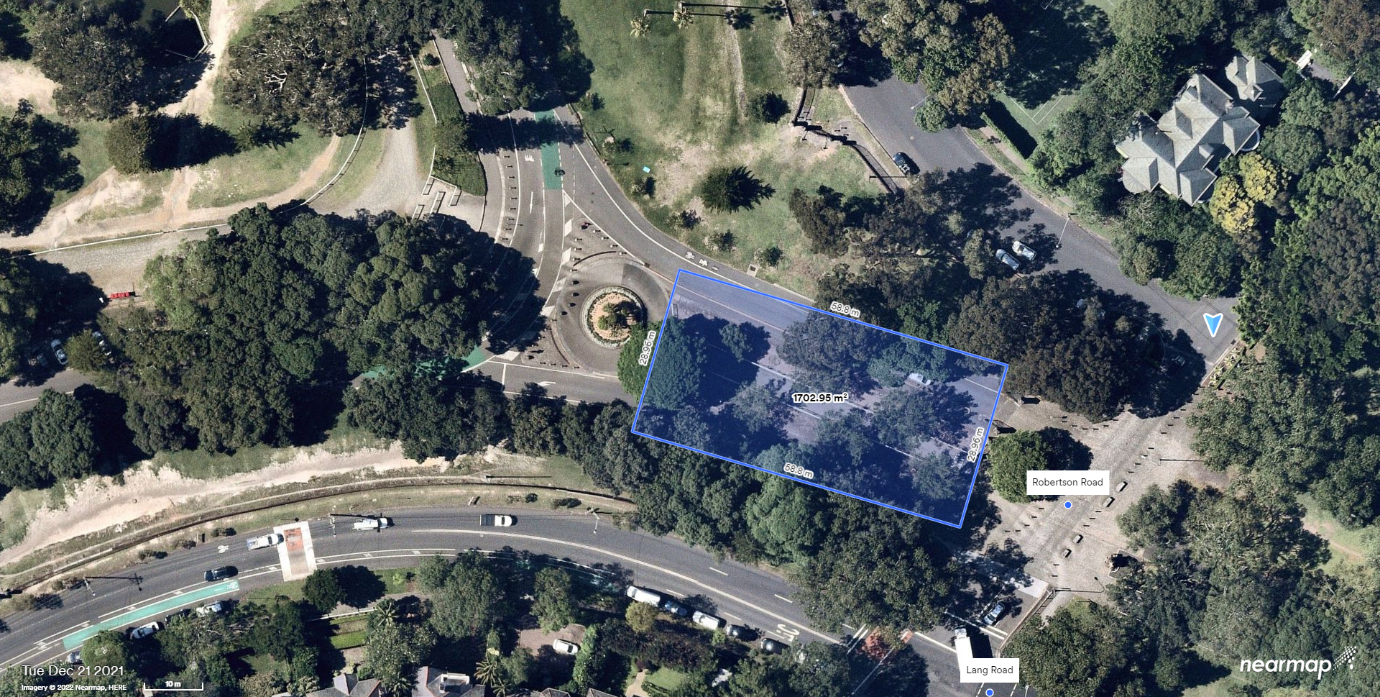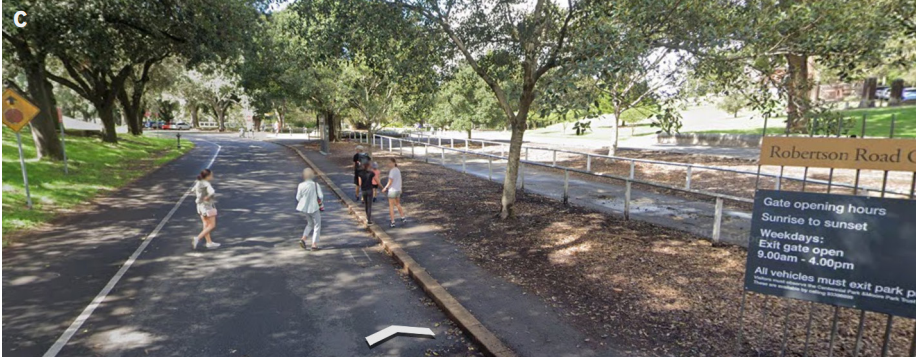Greater Sydney Parklands acknowledges the importance of Indigenous culture and plantings in the Parklands and is committed to nurturing important and unique heritage and special landscapes.
Project: Robertson Road Cultural Garden
Location: Robertson Road entry gates, either side of the Bridle Path
Project Delivery: 30 May to 21 July (completed)
Project Owner: Greater Sydney Parklands with a funding contribution from the Centennial Parklands Foundation’s Legacy Fund
Project Purpose
To create a garden that centres First Nation People’s knowledge and rich connection to Country. To display an Indigenous narrative of how all people relates to flora, fauna, earth, rocks, wind, water, and sky.
The open green space by the Robertson Road entry has remained unutilized for several years. It’s position at one of the parks four main gates has provided us the opportunity to reflect and acknowledge First Nation’s culture and what is a rich understanding of Country form an Indigenous perspective.
Through a collaborative design process, we created a space that connects park visitors with Country, allowing our Indigenous visitors to feel safe and supported within the Parklands and providing an important step in cultural learnings for our non-Indigenous communities.
Project description
The Cultural Garden has been developed and designed in consultation with traditional owners of Centennial Parklands and is a key deliverable of the Moore Park Masterplan.
It was funded by the Centennial Park Trust and donations from the Centennial Parklands Foundation Legacy Fund. The Legacy Fund supports conservation, nature education and community programs, projects and initiatives in the Parklands through community donations.
Created at the main entrance to Centennial Parklands, by the Robertson Road gates, the garden reflects and celebrates the Indigenous understanding of Country and the way we are connected to all elements including flora, fauna, earth, rocks wind and sky.
The garden includes interpretative signage and places for reflection so park visitors may gain a deeper understanding and appreciation for Indigenous culture and the importance of plantings in their use in forage farming, holistic health, and crafts.
Location

How the area looked before

Project completion
The works was completed four stages:
- Topsoil stripping and minor excavation works
- New irrigation installed to secure a water source for the garden
- Pavement works and sandstone block seating for visitor access to the garden
- New cultural plantings and interpretative signage installs
You can see visuals of the garden below: